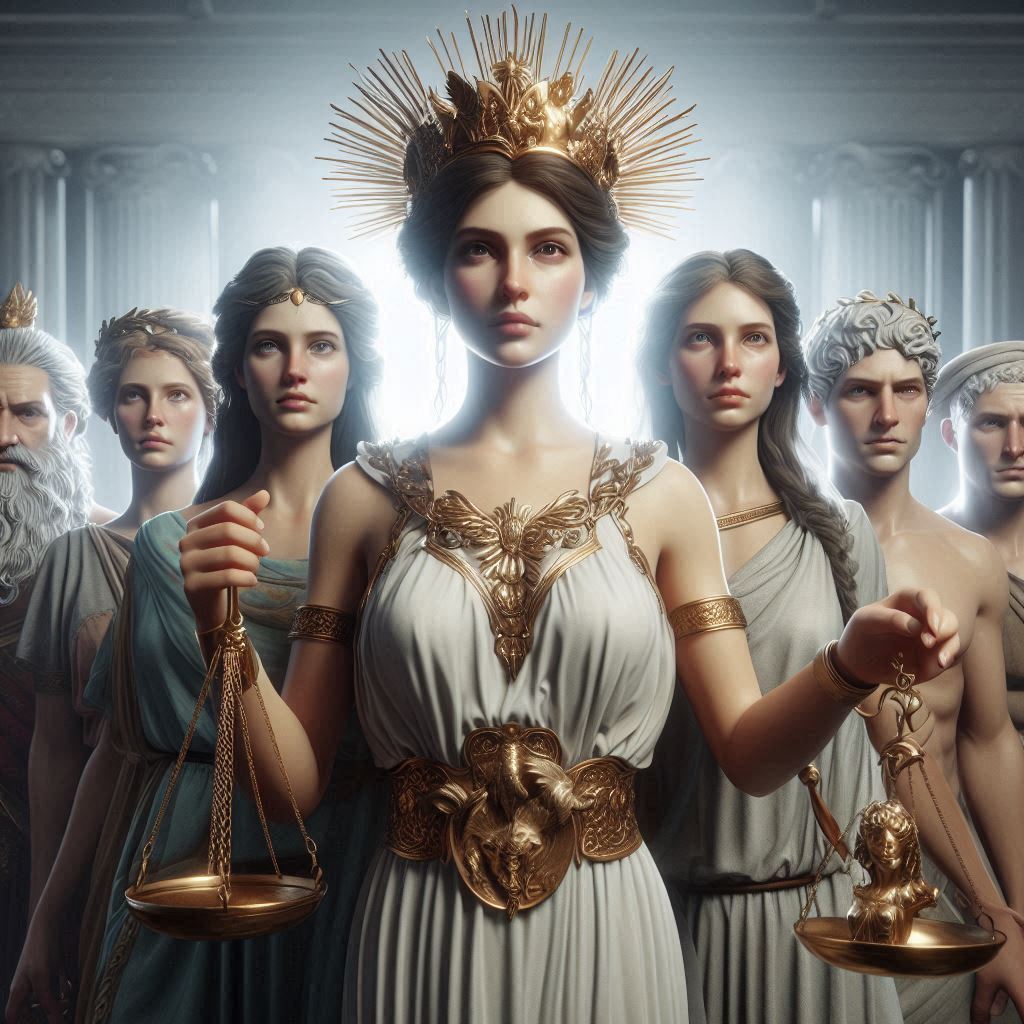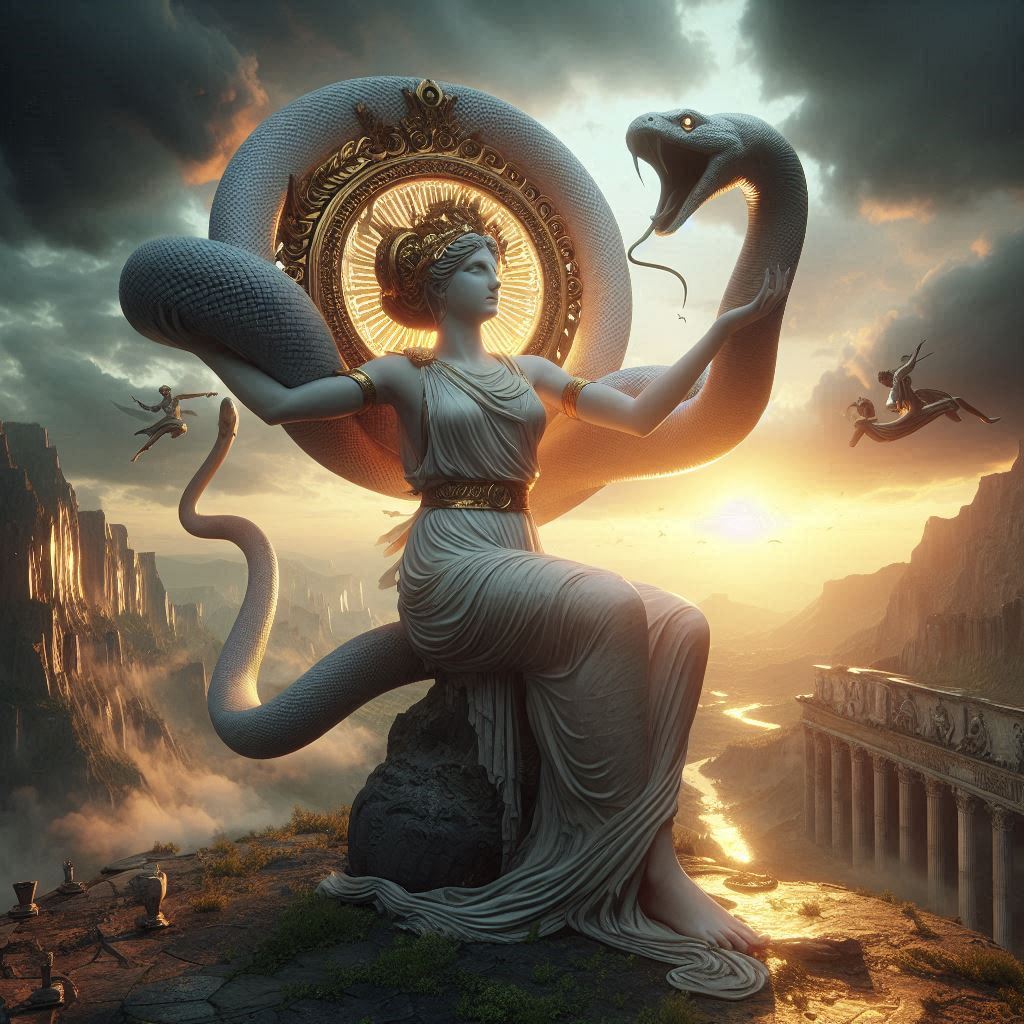Table of Contents
The Tombs of Atuan: A Journey of Identity, Power, and Liberation
Ursula K. Le Guin’s The Tombs of Atuan, the second installment in the Earthsea series, is a profound exploration of identity, power, and liberation. While the first book, A Wizard of Earthsea, focused on the coming-of-age of Ged, a young wizard, The Tombs of Atuan shifts its gaze to Tenar, a young girl destined to serve as the high priestess of the Nameless Ones. Through Tenar’s story, Le Guin delves into themes of oppression, self-discovery, and the transformative power of human connection. The novel is not merely a fantasy tale but a deeply philosophical work that challenges readers to reflect on the nature of freedom and the weight of tradition.

At the heart of The Tombs of Atuan is the character of Tenar, known as Arha, the “Eaten One,” who is taken from her family as a child to serve as the high priestess of the Nameless Ones. Her identity is stripped away, and she is molded into a vessel of religious authority, bound by the oppressive rituals and traditions of the Tombs. The Tombs themselves, a labyrinthine underground complex, symbolize the entrapment of Tenar’s spirit. They are dark, suffocating, and filled with the weight of centuries of unchanging tradition. Tenar’s life is governed by fear, duty, and isolation, leaving little room for individuality or autonomy.
Le Guin masterfully portrays the psychological toll of such a life. Tenar’s internal conflict is central to the narrative. She is both a figure of immense power, revered by her people, and a prisoner of the very system she serves. Her authority is hollow, for it is built on fear and submission rather than genuine agency. This duality reflects the broader theme of power and its corrupting influence. The Nameless Ones, though never physically present, exert a pervasive control over the lives of those who serve them. Their power is rooted in mystery and terror, and Tenar’s role as their priestess is both a privilege and a curse.
The arrival of Ged, the protagonist of A Wizard of Earthsea, marks a turning point in Tenar’s life. Ged, who comes to the Tombs in search of the lost half of the Ring of Erreth-Akbe, represents a force of change and liberation. His presence disrupts the stagnant order of the Tombs and challenges Tenar’s understanding of the world. Through her interactions with Ged, Tenar begins to question the beliefs and traditions that have defined her existence. Ged’s kindness, humility, and respect for her as an individual stand in stark contrast to the dehumanizing rituals of the Nameless Ones.
The relationship between Tenar and Ged is one of mutual respect and trust. Unlike the hierarchical and oppressive structures of the Tombs, their bond is egalitarian and rooted in empathy. Ged does not seek to dominate or control Tenar; instead, he offers her the possibility of choice and freedom. This relationship becomes the catalyst for Tenar’s transformation. She begins to see herself not as Arha, the Eaten One, but as Tenar, a person with her own desires and agency. This shift in identity is both liberating and terrifying, as it requires her to confront the unknown and leave behind the only life she has ever known.
Le Guin’s portrayal of Tenar’s liberation is nuanced and deeply human. It is not a simple rejection of tradition but a complex process of self-discovery and growth. Tenar’s decision to leave the Tombs is not made lightly; it is a courageous act that requires her to confront her fears and embrace the uncertainty of freedom. In doing so, she reclaims her identity and asserts her humanity. The novel suggests that true power lies not in domination or control but in the ability to choose one’s own path.
The Tombs of Atuan also raises important questions about the nature of tradition and its role in society. The Tombs are a symbol of the past, a place where time stands still and change is forbidden. While tradition can provide a sense of continuity and meaning, Le Guin warns of its potential to become a prison, stifling individuality and progress. Tenar’s journey is a testament to the importance of questioning and re-evaluating the values and beliefs we inherit. It is only by breaking free from the constraints of the past that we can truly embrace the possibilities of the future.
In conclusion, The Tombs of Atuan is a richly layered novel that explores themes of identity, power, and liberation through the story of Tenar. Le Guin’s masterful storytelling and profound philosophical insights make it a timeless work that resonates with readers of all ages. Tenar’s journey from oppression to self-discovery is a powerful reminder of the transformative power of human connection and the importance of embracing one’s own agency. Through her story, Le Guin challenges us to reflect on the nature of freedom and the choices that define our lives. The Tombs of Atuan is not just a fantasy novel; it is a meditation on what it means to be truly free.


No responses yet